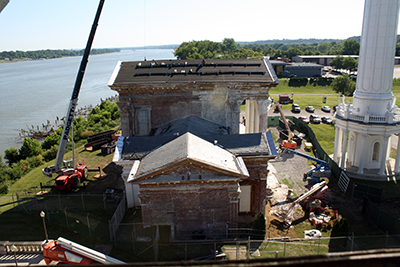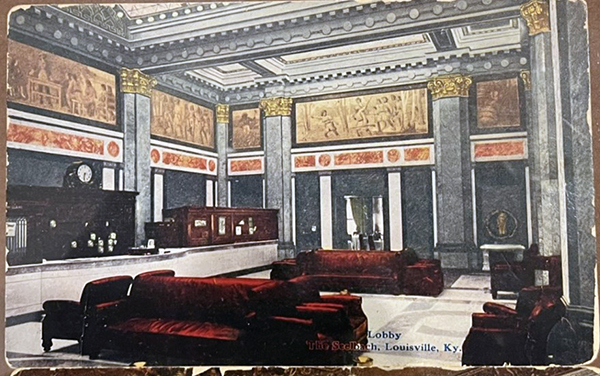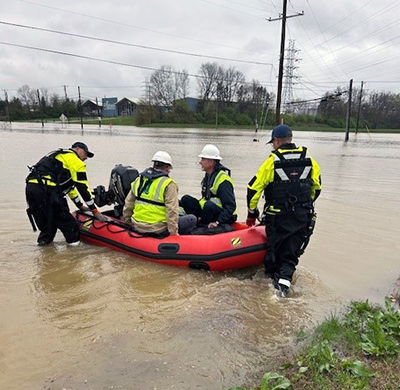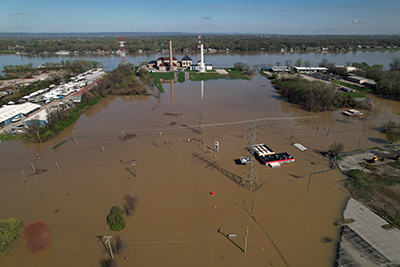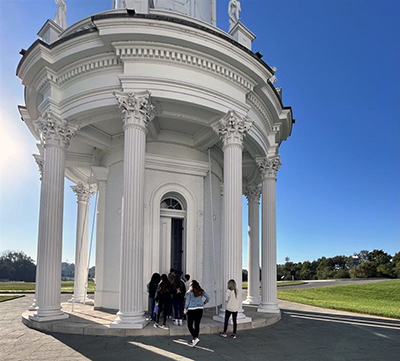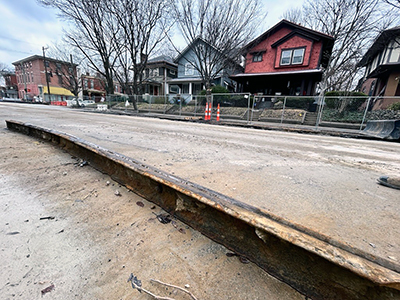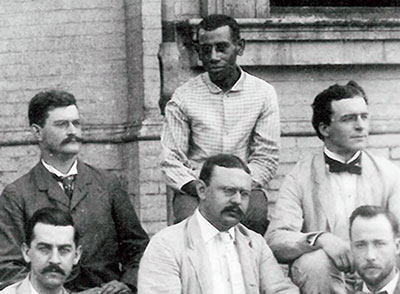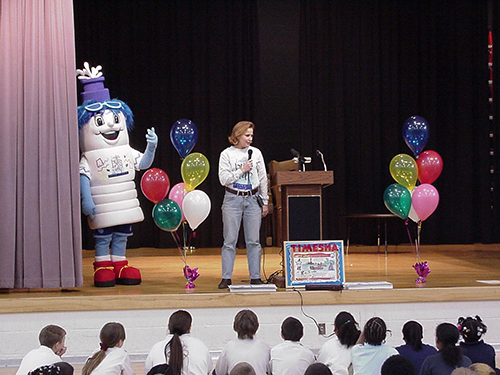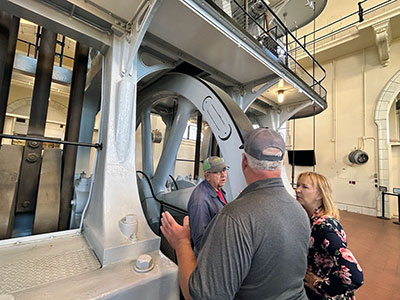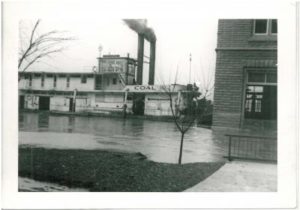
The cause of 1937 Flood was the unprecedented rain; 20 inches in less than a month. The flooding had a devastating impact along the entire 1,000 mile length of the Ohio River Valley from Pittsburgh, PA to Cairo, IL, with its “worst concentration at Louisville.”
On January 12, the rising Ohio River, swollen from the almost constant rains, first reached the flood stage of 17 feet above the Falls of the Ohio. Then the forecast came that was thought to be beyond belief: the river was expected to rise above the crest of the 1884 Flood, which at that point was the city’s worst flood.
LG&E officials, in an effort to conserve electricity, asked Louisville Water shut down its electric pump. The boilers were fired up and old back up steam pumps, not in full-time use since 1928, were put back into operation.
Early the next morning it became impossible to keep the pumps running and the boiler fires were extinguished. The station crew was forced to give up their losing battle to keep the water flowing.
Rationing of water, limiting it to two hours a day, would begin that evening. There was only enough water to last the city for six to seven days.
On January 24, L. S. Vance, Louisville Water’s chief engineer, came up with an idea to use the boilers of a steam boat to power one of the steam pumps. Men were assembled, supplies and tools gathered, and they left the Crescent Hill plant at 9:00 a.m. The crew managed to get on the steamboat C. C. Slider at noon, picked up a barge load of coal, and started up the river, reaching the pumping station about 2:00 p.m. By 5:00 p.m. they were ready to start the pump.
It took about an hour to get the huge Allis-Chalmers pump rolling. By that time the water was knee deep on the floor. It was not until 7:30 that they received word of water was pumping into the Crescent Hill Reservoir.
On Monday evening, January 25, the water was up to 40 inches deep in the station. The boat floating on the water rose as the river rose, causing the steam pipes to break, stoppage of the pumps, and creating a dangerous situation for the crew.
By Tuesday morning, 48 inches of water was in the station. To keep the pipes from breaking, flexible fittings were finally installed. That afternoon, B. E. Payne, the station engineer, sent Vance a radio message, “Pumping 20 million gallons a day. Water at window sills. Send meat, flour, bacon, eggs, clothes, shop taps. Men want to go home for a while.”
At noon, on Wednesday, January 27, the flood crested 57.1 feet, 10.4 feet above the crest of the 1884 Flood. There were 54 inches of water in the station.
Four days later, the pump ran nearly non-stop, pumping enough water for the rationing of water to be increased to three hours a day; two hours in the morning and one hour in the afternoon.
By the sixth day after the crest, land began to reappear around the higher elevation of the pumping stations. Once the boiler house was free of water, the station crew was able to switch its efforts to getting the boilers operational. A day later enough steam pressure was available to start the pumps.
Payne reported with great satisfaction, “On the 4th, the Allis-Chalmers pump was started.” It had been 13 days since the boilers were allowed to burn out and the abandon station order was given. On February 5, “The (C. C. Slider),” Payne reported, “was released at noon … and the day crew left for home in our skiff. This was the first time ashore for some of us since the 24th of January.”
Water rationing ended on February 5. As the flood waters receded “scores of crews” were sent throughout the city to repair the broken mains. On February 7, with many of the repairs completed, the water was declared safe to drink. It was not until the end of February that the water was pumped at full pressure.

